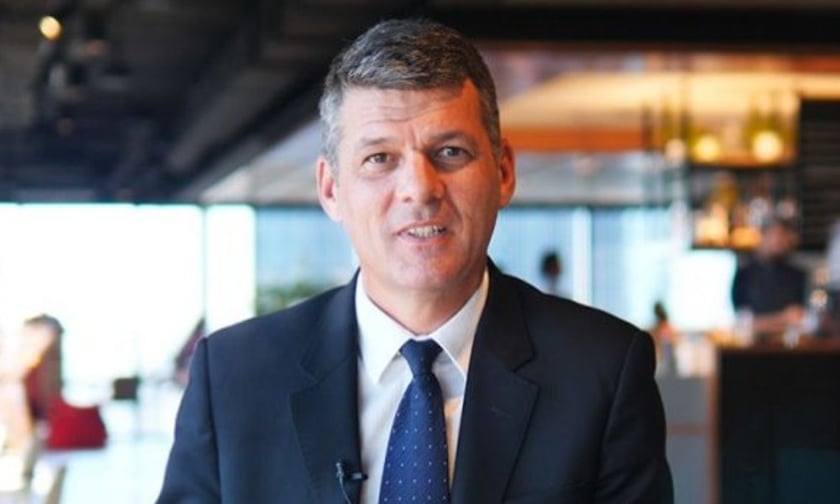

By
Australia’s housing market is showing mixed signals, with prices dipping in late 2023 before edging up in February. Westpac economists predict only modest 3% growth in 2025, citing affordability challenges, supply constraints, and uncertainty around interest rate cuts.
According to Westpac’s latest Housing Pulse report, interest rates are expected to fall further, with a total 75-basis-point reduction from the Reserve Bank of Australia (RBA) by the end of 2025, following a 25-basis-point cut in February. However, the impact on the market remains uncertain.
“The very early signs suggest we are already seeing a positive shift after the RBA’s February move. “However, markets are coming off a cycle that was surprisingly disconnected from interest rates,” said Westpac senior economist Matthew Hassan (pictured above).
A Westpac survey found growing buyer interest, with the proportion of people planning to enter the housing market in the next year rising to about a third, up from a quarter in 2023.
“The responses show both a high degree of ‘pent-up’ demand – likely reflecting earlier plans that have been delayed – and an expectation that 2025 will provide a good opportunity to move on these,” Hassan said.
Interest was strongest among those looking to buy a new home (up 2.3%) or an investment property (up 3.3%), while first-home buyer interest saw only a slight increase of 0.3%, reflecting ongoing affordability challenges.
Housing supply remains tight, with construction delays and high costs slowing new builds. While housing approvals are projected to rise to just over 200,000 by 2026, completions are expected to remain at around 171,000 in both 2025 and 2026 – well below the 240,000 per year needed to meet the government’s target of 1.2 million new homes over five years. Some improvement may come after 2027, making the original target of 1 million homes potentially achievable.
Regionally, Western Australia and Queensland have led in price growth in recent years, but both are now expected to slow to about 4% in 2025. Sydney and Melbourne are forecast to see weaker growth at 3% and 1%, respectively.
